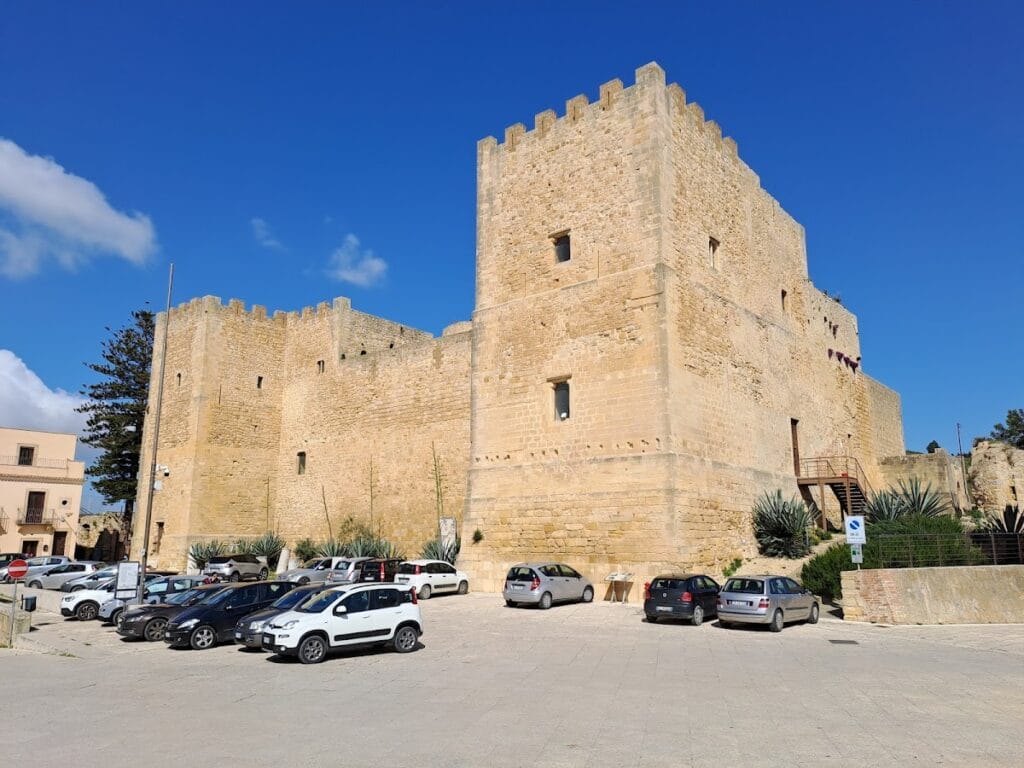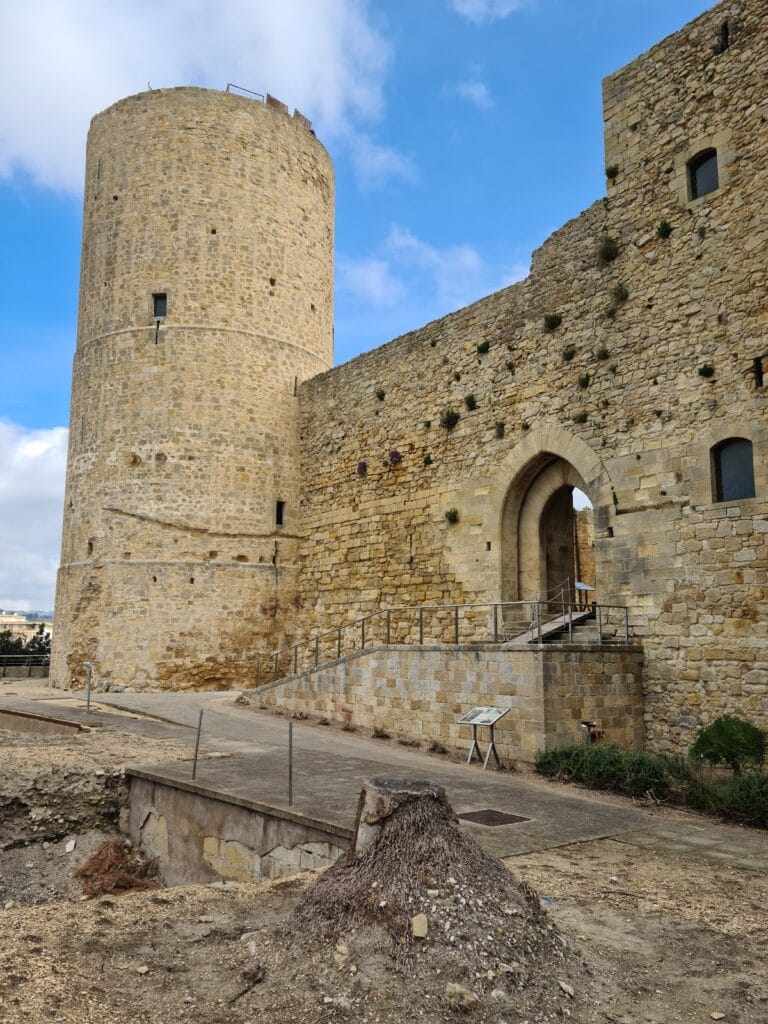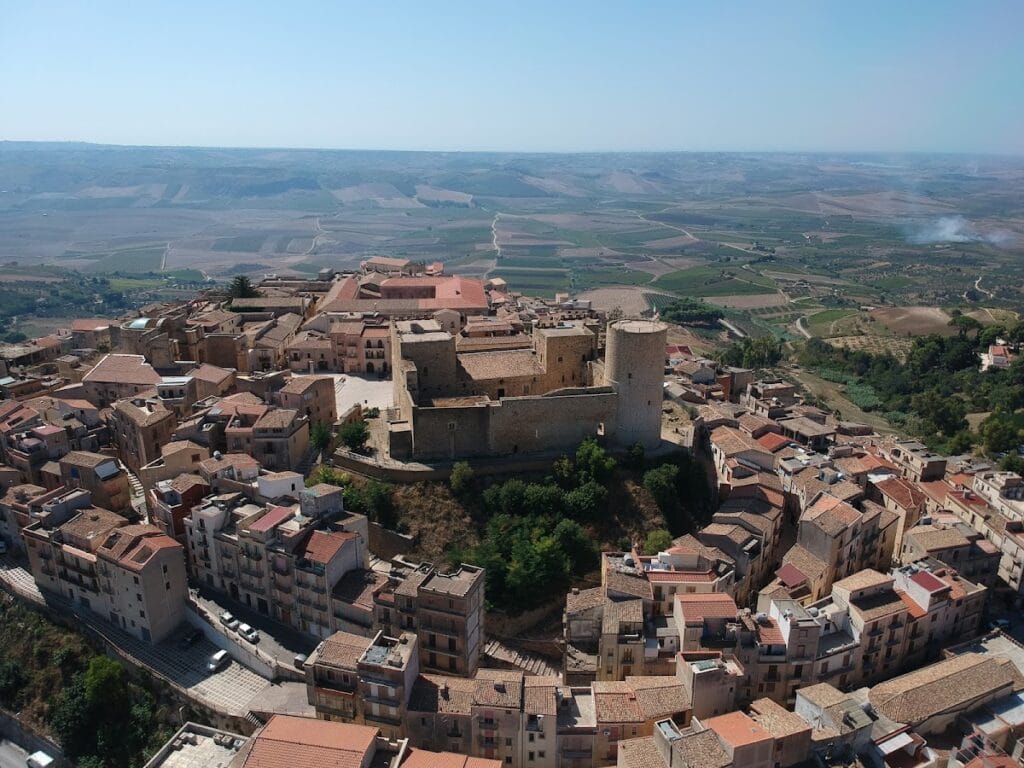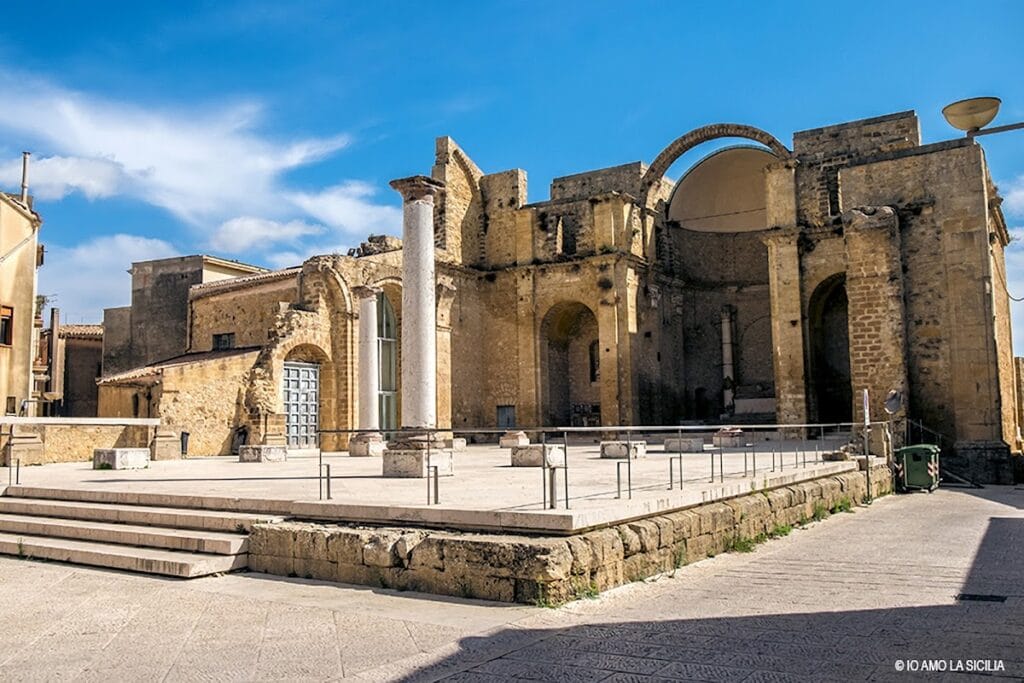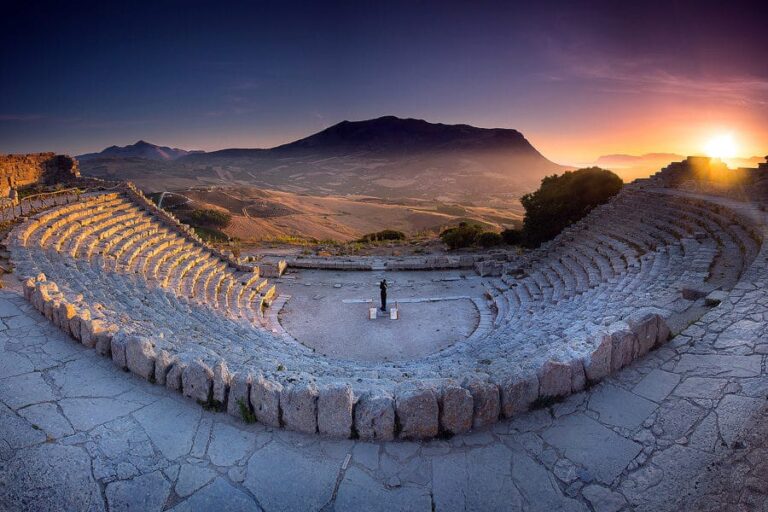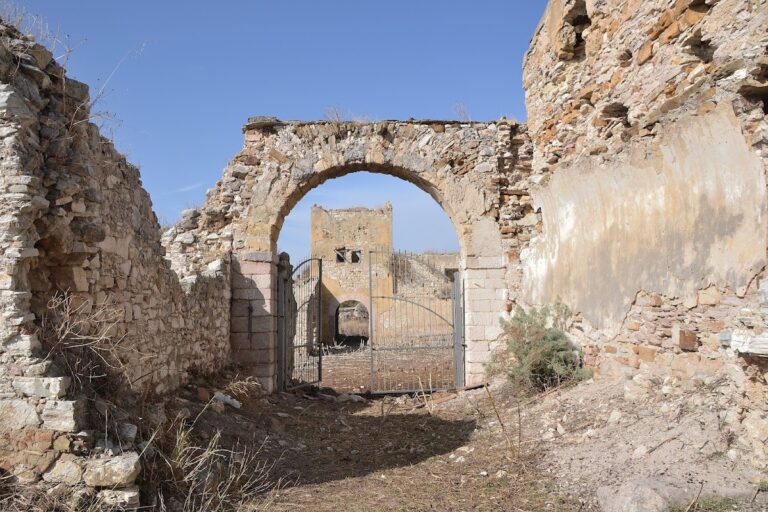Norman Castle of Salemi: A Historic Fortress in Sicily
Visitor Information
Google Rating: 4.4
Popularity: Low
Google Maps: View on Google Maps
Country: Italy
Civilization: Medieval European
Remains: Military
History
The Norman Castle in Salemi, situated in the municipality of Salemi in modern Italy, was originally established by the Normans as part of their efforts to control western Sicily. Its foundations rest on earlier fortifications built by Greek and Roman settlers, followed by additions from Byzantine and Arab occupiers, reflecting the region’s layered history before the Norman arrival.
Construction of the castle began around 1077 under Roger I of Sicily, who integrated it into a strategic network aimed at overseeing and protecting the Belice valley. The castle is noted by the 12th-century geographer El Edrisi, indicating its importance during this period. Between 1220 and 1233, Emperor Frederick II of the Hohenstaufen dynasty undertook significant remodeling, expanding the fortress to its current architectural form. The renovations included the addition of Gothic elements, especially in the residential areas, marking the castle as not only a military stronghold but also a noble residence and judicial center.
Throughout the 13th century, the castle served diverse roles, functioning as the home of the local bailiff, a venue for noble gatherings, and a court of justice. Its fortifications were particularly important during the Muslim uprising in western Sicily from 1243 to 1246, when it had to resist attacks. Control of the castellany shifted over time: initially governed by the noble Bruno family during Manfred of Sicily’s rule, it later passed to the Sanclemente family after 1282, who had allied with the defenders during the War of the Sicilian Vespers.
In 1441, the castle became the site of a significant political event when representatives from nearby towns united there to form a confederation pledging their loyalty and military support to Queen Bianca of Aragon. This demonstrates the castle’s continuing role as a local power center well into the late Middle Ages.
Later centuries saw a shift in the castle’s function. By 1789, it was transformed into a prison, a role it retained until the late 1800s. A notable moment occurred on May 14, 1860, when Giuseppe Garibaldi, leading his campaign to unify Italy, raised the Italian tricolor flag from the castle’s round tower and declared Salemi the “capital of Italy.” This act symbolized Salemi’s brief prominence during a critical phase of Italian unification.
In the 20th century, the castle housed the municipal library from 1934 until 1984, serving as a cultural resource for the town. However, the devastating Belice earthquake in 1968 severely damaged the structure, forcing its closure. Restoration efforts began soon after, and by 2002 the castle reopened as a civic museum, with full restoration completed by 2010, preserving its historical legacy for future generations.
Remains
The Norman Castle presents a compact and largely cohesive plan, reflecting its development mainly during the Norman and Hohenstaufen periods. Oriented slightly along a northeast-southwest axis, the fortress is enclosed by two concentric defensive walls that form a rectangular central courtyard. These walls vary in height between approximately 1.15 and 2.40 meters, creating layered barriers for defense.
Three corner towers remain from the original structure. Most prominent is the cylindrical tower on the west side, which rises above the rest of the building to become the highest point in Salemi. This tower stands out for its function and visibility, serving both as a watchtower and a symbol of authority. Two other towers, square in shape, are located at the east and south corners, providing additional fortified positions. Historical records suggest there was once a fourth tower at the northern corner, also square, but it collapsed during the 17th century.
The northern section of the castle preserves the residential quarters that housed the local bailiff and other officials. These spaces incorporate Gothic architectural details introduced during Frederick II’s extensive renovations, distinguishing them from the purely military components of the castle. Though the courtyard once contained a chapel, it no longer remains.
The main entrance is situated facing the town square and was built with considerable fortification measures to prevent forced access. Its defensive design reflects the castle’s role in quelling uprisings and protecting the governing authorities within.
Over the centuries, materials and decorative elements from different eras were integrated, although specific construction techniques and ornamentation details are not extensively recorded. Today, the castle functions as a museum and cultural venue. Displays include archaeological finds recovered from beneath the castle itself as well as artifacts from other sites in Salemi, linking the fortress to the wider historical landscape of the area. Restoration work has preserved its structural integrity, allowing these remains to communicate the story of a castle that has witnessed centuries of Sicilian history.
